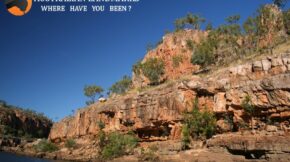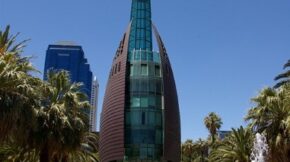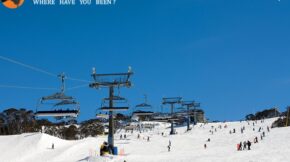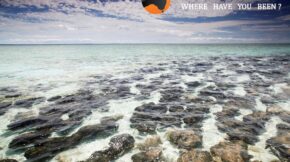Share
Visit The Outback
The Outback is the remote area of Australia, which is most of the continent. It can be accessed from any of the major cities with varying travel times. Seeking an outback adventure, many travelers choose Alice Springs in the Northern Territory as a staging point because it’s pretty well smack bang in the middle. Planes fly there from all over Australia though tours can be arranged from and to many locations country wide.
About The Outback
Australia is the driest inhabited continent on Earth; this climate and our unique geology has given us The Outback. From mulga scrub to gibber plains and wattle studded sand dunes, all of the remote desert areas of Australia are known collectively as The Outback. All the states except the ACT and Tasmania have vast expanses of sparsely populated arid regions.
Not to be confused with ‘The Bush’, the Australian term for wilderness, which is relatively accessible, the Outback generally takes 24hrs in a car to reach from most cities. Though truly remote it is far from empty; some of the most amazing views and spectacular landmarks in Australia are out there. If you do decide to self-drive make sure to be well prepared with plenty of water and food. And if your going off the major roads check in with the local police to let them know your movements.
There’s plenty see and do in the Outback, apart from the people and the places, there’s all sorts of native and feral animals to check out starting with kangaroos, emus, dingos and the last wild population of dromedary camels (one humped) in the world.
If your too much of a scaredy-cat city slicker to venture out into all that vast beauty the folks at the world class Australian Outback Spectacular theatre restaurant, on the Gold Coast in Queensland, will be happy to give you a taste. If your coming Down Under we at Australian Landmarks recommend getting Outback though, as we think you’ll find it an experience you’ll never forget.
Landmarks of The Outback
Coober Pedy
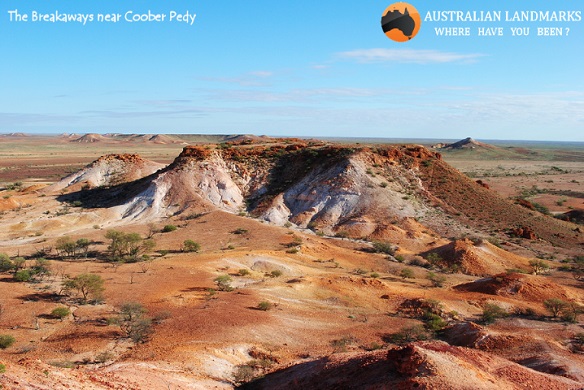
Coober Pedy has become a famous landmark and very popular tourist destination for three great reasons, opals, underground dwellings and the landscape. Known as ‘The Opal Capital of the World’, it is estimated that around 80% of the world’s opals are mined here. Check out the world beneath the surface for things like a Museum housing one of the world’s finest opal collections.
Flinders Ranges
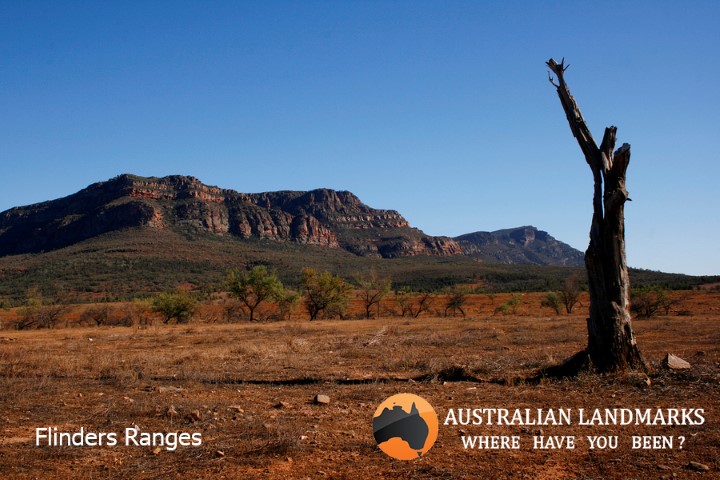
One of the best places to experience the Australian outback without relinquishing any of the modern comforts, Flinders Ranges’ ancient landscape will offer some perspective on the vastness of time. The ranges are the largest mountain chain in South Australia.
The Bungle Bungle
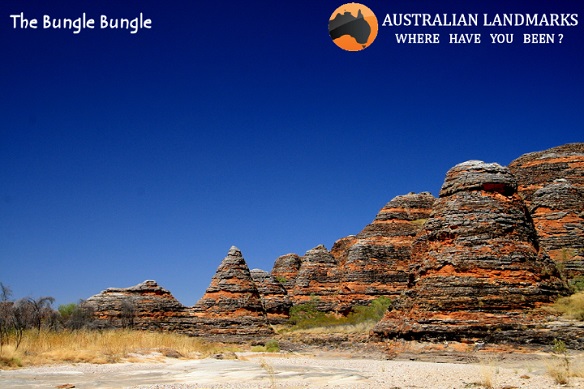
The striking Bungle Bungle Range was only “discovered” in 1983. Purnululu National Park was established in 1987 and declared a World Heritage Site in 2003. The unique range is composed of grey and orange banded ‘beehive’ shaped sandstone domes and is arguably the most amazing and spectacular geological landmark in Australia.
Uluru
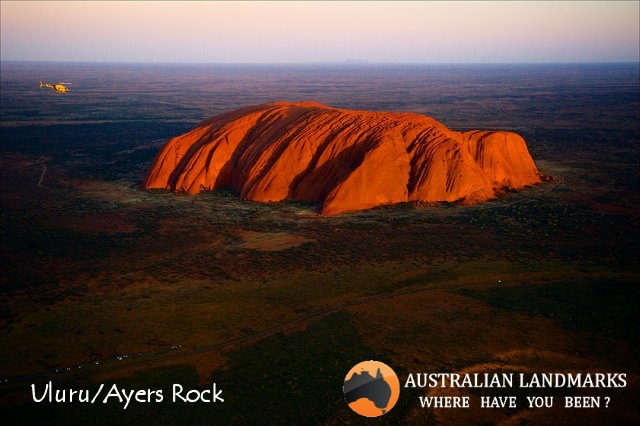
Located in the heart of the Northern Territory, Uluru, formerly known as Ayers Rock, is certainly one of the most well known Aussie Landmarks and the greatest of all Australian landforms if you are touring and sight seeing Down Under.

